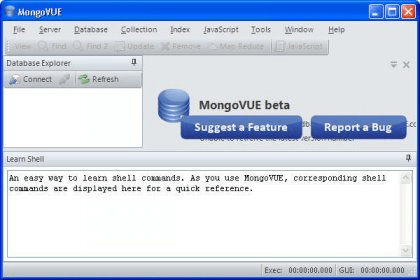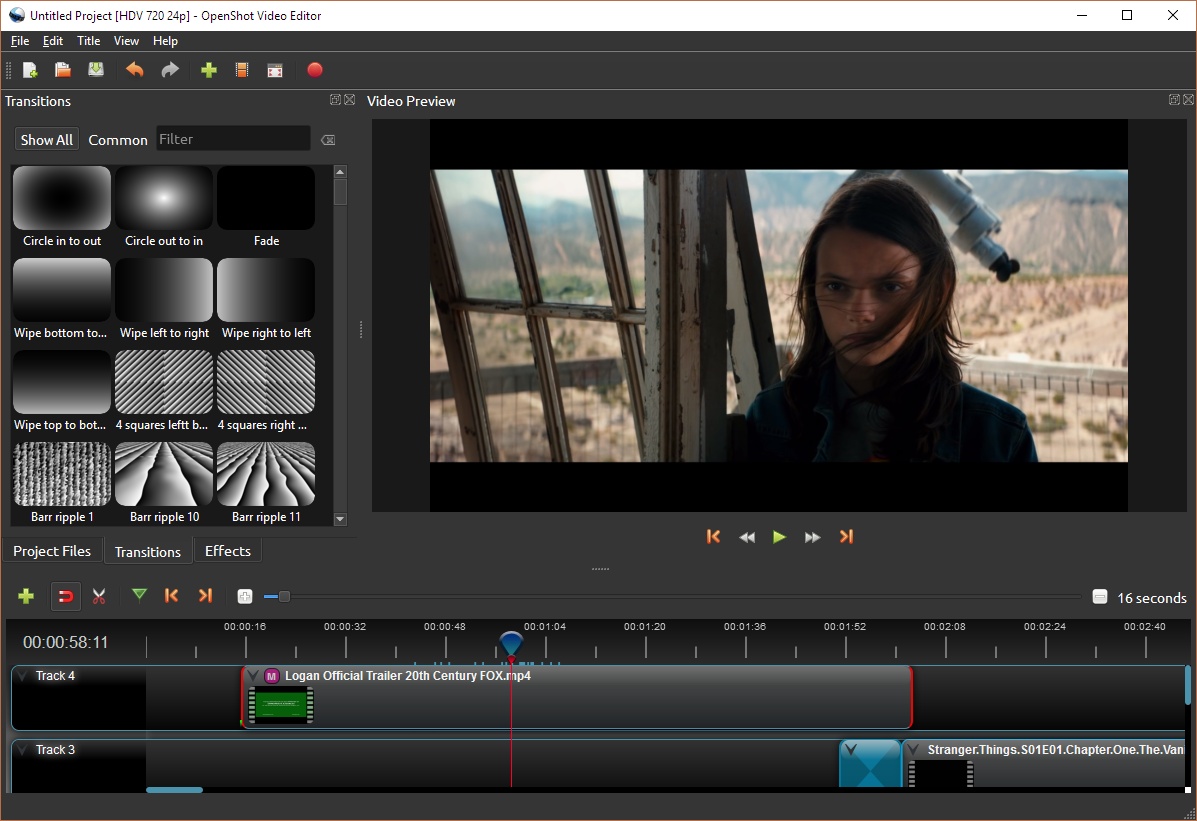

- #Old versions of mongodb for mac how to#
- #Old versions of mongodb for mac for mac#
- #Old versions of mongodb for mac install#
- #Old versions of mongodb for mac software#
What makes MongoDB and other NoSQL DBs attractive is flexibility instead of being held to a rigid schema that scales vertically, you can evolve your schema as you grow and scale horizontally.
#Old versions of mongodb for mac how to#
How to kill a Mongo process - When you're done using your Mongo process, or think your current process is in a bad state, navigate to the window that is running Mongo and press `control` and the letter `c` (CTRL-C) to exit the Mongo process.MongoDB is a NoSQL database that more than a quarter of developers use in some capacity.& 'C:\Program Files\MongoDB\Server\X.X\bin\mongod.exe' Replace `X.X` with the version number you downloaded, like `3.6` for example. The following command starts an instance of MongoDB that handles data requests, manages data access, and performs background management operations while you use your web application. Start a Mongo process - Before you run a full-stack web application locally, you must start a Mongo process in the background.Open powershell, and enter the following command to create the Mongo data directory: Create a Mongo data directory - This directory is where MongoDB stores database files for full-stack web applications that you run locally.
#Old versions of mongodb for mac install#
Follow the steps to install MongoDB on your computer.

Install - Open the installation file that you downloaded.Download - Open the MongoDB download center page, and download the latest "Community Server" version of MongoDB for your Windows machine.How to kill a Mongo process - When you're done using your Mongo process, or think your current process has gotten into a bad state, navigate to the window that is running your Mongo process and press CTRL-C to exit the Mongo process.Nice Job! You just started an instance of MongoDB. If Mongo starts correctly, you should see something like:Ĭonnection accepted from. If you are prompted with a popup that says, "Do you want the application mongod to accept incoming network connections?", click Allow. It will create a new folder in your Home Directory. You will not see any output in your terminal from the command above. Paste the following command into your terminal to create the Mongo data directory: Create a Mongo data directory - This directory is where MongoDB stores database files for full-stack web applications that you run on your computer.MongoDB Installation - Paste the following command into your terminal to install MongoDB to your computer.The terminal may ask you to enter your password. Homebrew Installation - Paste the command from the Homebrew installation page into your terminal.

If you see Homebrew 1.x.x and have not updated to High Sierra, skip to step 4. If your operating system is High Sierra, you must uninstall brew, then proceed to step 3 - High Sierra introduced a permissioning issue that impacts old versions of homebrew. If you see this output, check the version of your operating system. If Homebrew is installed, your terminal will output Homebrew 1.x.x. If your computer does not have Homebrew, it will respond with command not found. Run the following command in your terminal to check if Homebrew is already installed:

#Old versions of mongodb for mac software#
#Old versions of mongodb for mac for mac#
We have provided setup instructions for Mac and Windows operating systems. By the end of this article, you will be able to run MongoDB on your computer. MongoDB is a database program that you will use to save and access information related to the websites that you build.


 0 kommentar(er)
0 kommentar(er)
